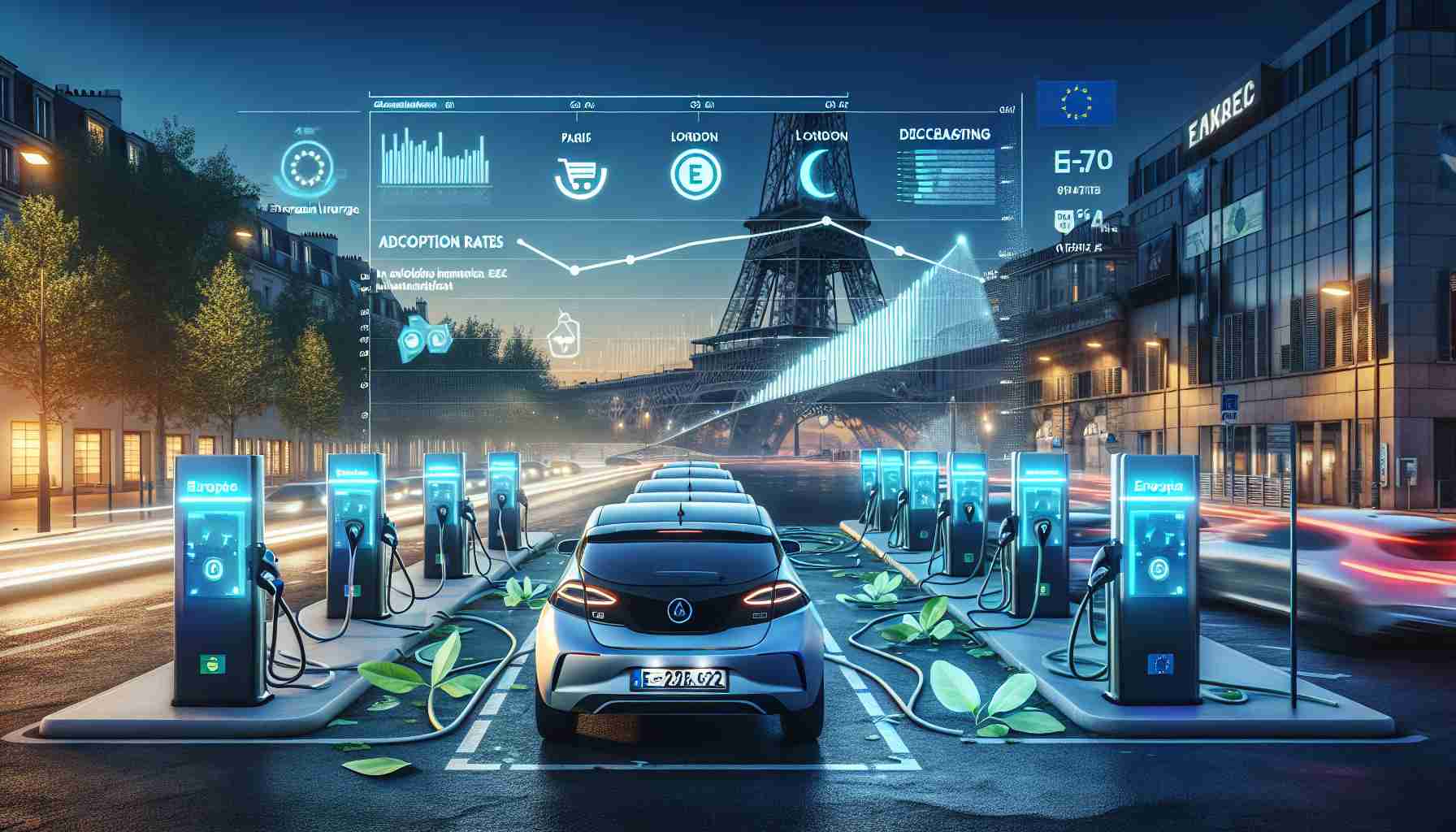European Union Reduces Tesla Tariffs: EU has slashed import tariffs on Tesla vehicles manufactured in China, presenting a boon for the electric vehicle market.
Changes in Dairy Sector: Meanwhile, the EU and China engage in a trade dispute over dairy subsidies, as China launches an investigation into EU dairy exports.
New Tariff Agreements: The revised tariffs on Chinese-made Tesla vehicles could potentially reshape the market dynamics, with the EU reducing the additional tariff to 9% for Tesla, contrasting with higher rates for other Chinese manufacturers.
Intensifying Trade Dynamics: The EU’s decision comes after Tesla’s plea for a reevaluation of tariffs, signaling a shift towards promoting fair competition in the electric vehicle sector.
China’s Response: China expresses concerns over what they perceive as a unilateral resolution by the EU, emphasizing the importance of mutually agreed-upon facts in trade disputes.
Market Impact: The imposed tariffs contribute to a decline in Chinese electric vehicle exports to the EU, impacting various manufacturers but also providing opportunities for adaptation and growth.
BYD’s Resilience: Amid challenges, BYD, a renowned Chinese electric vehicle brand, continues to thrive and expand its market share in Europe, showcasing resilience and innovation in the face of regulatory changes.
Future Prospects: BYD’s strategic approach and technological edge position them favorably in the European market, highlighting the potential for sustained growth and innovation in the electric vehicle industry.
Implications for Market: The evolving tariff landscape could influence pricing and market accessibility for electric vehicles in Europe, potentially shaping consumer adoption rates and industry competitiveness.
Advancements in Electric Vehicle Tariffs in Europe and Key Considerations: As the landscape of electric vehicle tariffs evolves in Europe, several important questions arise regarding the impact on the market and industry dynamics.
What are the New Developments in Electric Vehicle Tariffs in Europe?
One significant development is the EU’s decision to reduce import tariffs specifically on Tesla vehicles manufactured in China. This move not only benefits Tesla but also sets a precedent for how tariffs may be adjusted for electric vehicle imports from other regions.
Are there Key Challenges or Controversies Associated with the Tariff Changes?
One key challenge is the potential for trade disputes to arise between the EU and other trading partners, such as China, in response to revised tariff agreements. The need to balance fair competition and market access with the interests of domestic manufacturers adds a layer of complexity to the tariff negotiations.
What are the Advantages and Disadvantages of the Revised Tariffs?
On the positive side, lower import tariffs can incentivize the growth of the electric vehicle market in Europe by making these vehicles more accessible to consumers. However, there may be concerns about the impact on domestic manufacturers and the overall competitiveness of the European electric vehicle industry in a global context.
Related Links:
– European Union
– Tesla
– BYD
